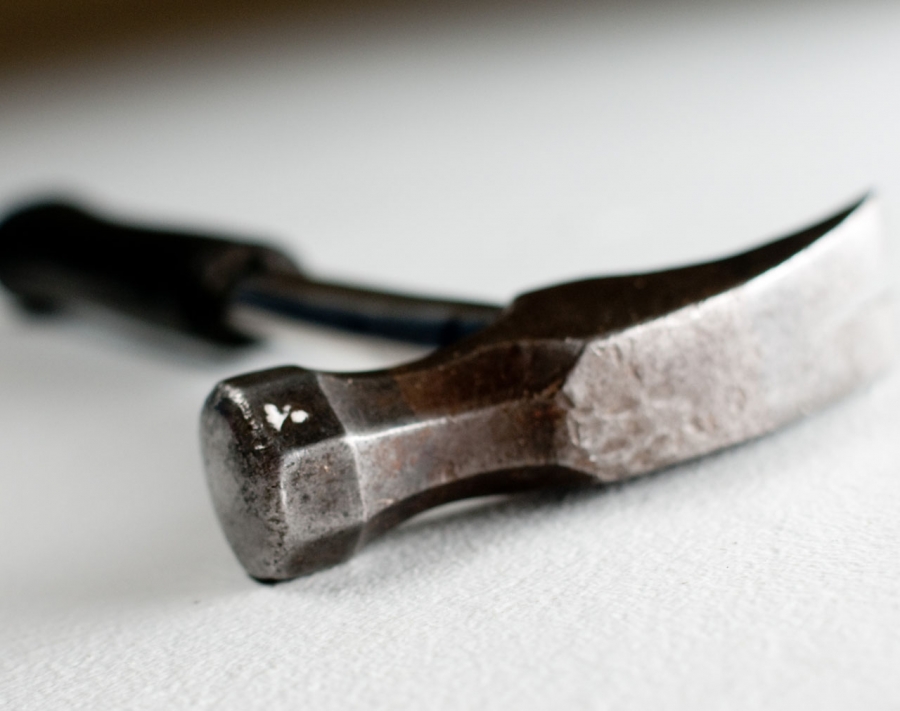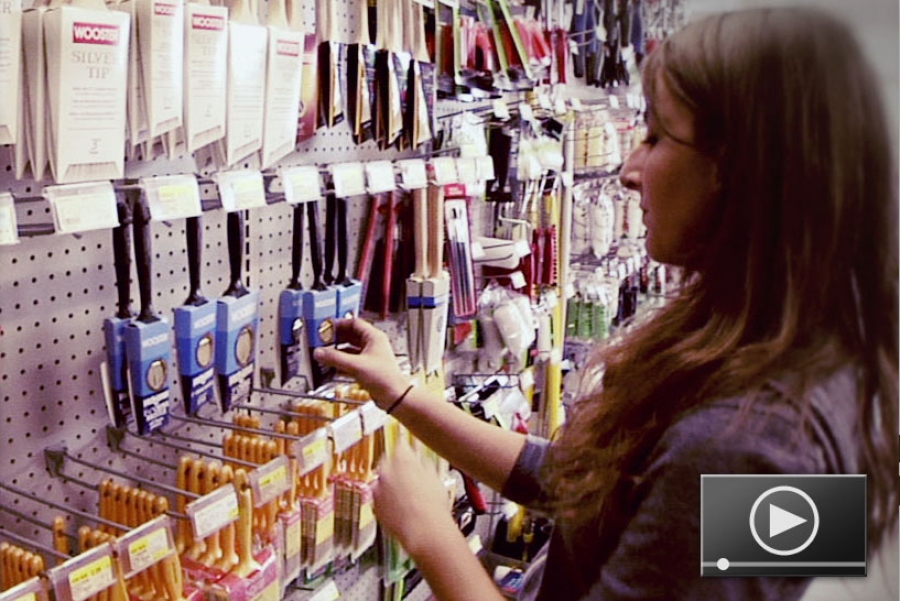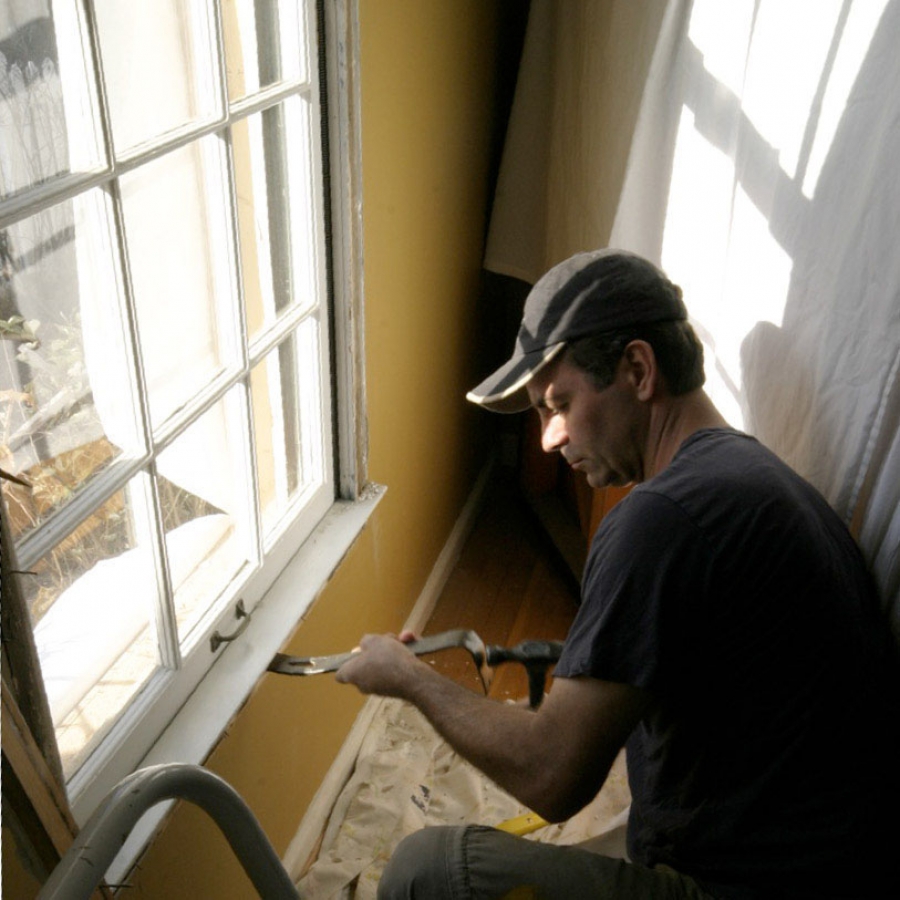Top DIY Power Tools
If you really want to get some things done around the house, you will need power tools. Jeff Wilson shares his insights regarding which tools are must-haves.
I always loved shows like Roy Underhill’s The Woodwright’s Shop – by watching I can experience, vicariously, detailed woodworking without power tools. Folks like Roy are truly artisans, and I have tremendous respect for that kind of work.

Ditto Norm Abram's New Yankee Workshop, on which Norm turns out some remarkable pieces of heirloom-quality furniture using power tools. His work is still that of the master craftsman – well above my meager abilities. Still, it’s a helluva lot of fun to watch, and I learn a lot from each episode.
I’m just a do-it-yourselfer. One of the bruised-thumbed, head-scratching, seat-of-the-pants, mother-of-necessity types. My tools don’t need to be unassailably accurate or masterpieces of German engineering, they just need to get the job done. Still, having the right tool for the job is essential, especially when safety or accuracy matter the most. So this time on the Everyday DIY blog, we’ll add a new list to our previous post on The Essential DIY tools – the Top DIY Power Tools. Fasten your seatbelts – it’s going to be a loud, dusty, bumpy ride.
-
Cordless Drill/Driver: We ended the baker’s dozen of The Essential DIY list with this truly Everyday DIY tool, although that original list was ostensibly a hand-tool list. The cordless drill is such a staple of home improvement jobs that we’re starting off with it here. From hanging a picture to building a deck, this is the third-most-used tool in your arsenal, right behind your brain and a pencil. Make sure to choose a model with plenty of power – at least 18 volts – and decide for yourself whether the lightweight lithium ion batteries are worth the extra coin.
-
Circular Saw: Truly a DIY workhorse, a good circular saw will help you cross-cut (at a 90 degree angle to the grain of the wood) 2 x 4s and other dimensional lumber, but it will also allow you to make straight cuts in plywood and oriented strand board (OSB).
-
Compound Miter Saw (Chop Saw): This saw is essential if you’re cutting trim for inside and outside corners, especially if the angles aren’t perfect 45 degree angles. Using the compound feature, you can even make accurate cuts in angled crown molding. Look for an upcoming feature on this blog about making compound angle cut calculations! If you’re likely to need to cut wider pieces of material (like 8” lap siding on a gable end), you might want to opt for a sliding compound miter saw.
-
Table Saw: Rip cuts, or cuts that go with the grain, are most accurately performed on a table saw. While it is possible to make rip cuts using a circular saw, it’s a difficult and sometimes more dangerous task than using a table saw, and the results are usually sub-par. My table saw collapses and stores under my workbench, so it doesn’t take up valuable space in my shop when not in use.
-
Reciprocating Saw (Sabre Saw): The preferred tool of demolition artists, a reciprocating saw may be one of the most versatile saws in your shop. While not typically good for making accurate cuts, it’s great for cutting through nail-embedded wood; with a metal-cutting blade, it makes short work of cutting pipes. While a corded version will give you the most power, increasingly powerful cordless versions are hitting the market.
-
Jigsaw: Any curved line can be cut with a jigsaw. While it works best on thinner materials, I was able to use mine to cut the final “piano curve” on the deck boards at my house, and my jigsaw had no problem going through the 5/4” deck boards. To cut a hole in a piece of plywood, draw your circle, use a drill to make a hole for the jigsaw blade, then insert the blade and cut away. Try doing that with a circular saw!
-
Angle Grinder: A 4” angle grinder with a variety of wheels, brushes, and pads, can help to take rust off old tools or help to restore the mortar in your chimney. Just be sure to wear protective equipment, including a mask, whenever you stir up dust like that.
-
Sander: Orbit palm sanders and belt sanders can go a long way toward saving your hands, arms, and shoulders on a long sanding job. Nowadays, many oscillating multi-tools offer sanding attachments of different shapes and sizes that will really help you get into those nooks and crannies.
-
Router: This is a tool for which, once you learn to use it, you’ll find lots of uses. I once mounted my router on the end of a 2 x 4 “arm,” anchoring the other end to create a large compass like you used in geometry class. That allowed me to cut and shape trim for the arched dormers on my house, saving hundreds of dollars on having that rounded trim made in a shop. You’ll be able to mortise in hinges on doors and make rabbets and, of course, fancy edge details.
-
Rotary Tool: From the humble beginnings of the original Dremel, rotary tools now sport lots of functions, from drilling and cutting to grinding and polishing, and lots more in between. You’ll find smaller rotary tools for hobby work, and larger, more powerful versions for making cut-outs in wood and drywall. If you judge a tool on multiple uses, a rotary tool will top your list.
-
Multi-Tool: If a rotary tool married an orbit sander, this would be their baby. Multi-tools use high-speed oscillation to cut, sand, rasp, and grind. You can remove grout, use it as a jamb saw, or remove old floor coverings. Multi-tools can replace several other tools in your kit and help make the best use of your shop space.
-
Compressor: A small compressor can be used to pump up tires, of course, but it will also power a range of tools from impact wrenches to nail guns. I recently installed a pine tongue and groove ceiling by myself and I couldn’t have done it without a pneumatic nailer. Not having to hold the board, nail, and hammer all at once can come in very handy.
-
Pneumatic Nailer: Since you’ve got the compressor, you’ll find a hundred uses for pneumatic nail guns of all sizes, from framing to roofing to flooring to finishing. My siding nailer paid for itself when I was able to side the whole house alone (except for my wife, Sherri, who did all of the caulking and painting – see, I do give you credit, honey!).
-
Shop Vac: My favorite shop vac is made by Fein – it’s a model that allows you to attach the hose to a power tool (say, a chop saw) and then, instead of plugging the tool into the wall, you plug the tool into an outlet on the vacuum. Then, when you pull the trigger on the tool to make a cut, the vacuum starts, pulling the sawdust away from the machine as you cut. The vacuum runs for about 10 seconds after you’re done cutting and then shuts off. With the dust this vacuum helps to avoid, it might just save your marriage.
And I could go on ... and on ... this is really just the beginning of the list of must-haves. As my wife will tell you, that list grows by at least one new tool for every project I start around the house. What about you? Did I miss your favorites? Let me know, and we’ll make sure no essential power tool is left out.

Jeff Wilson
Jeff Wilson, author of The Greened House Effect and host of Buildipedia's Everyday DIY series, many HGTV and diy network shows and 25-year veteran of the construction industry, lives with his wife and two daughters in a perpetually half-renovated home in a small college town in Ohio. You can see Jeff’s most recent project, the Deep Energy Retrofit of his 1940’s Cape Cod style home at thegreenedhouseeffect.com.
Website: www.jeffwilsonregularguy.com



